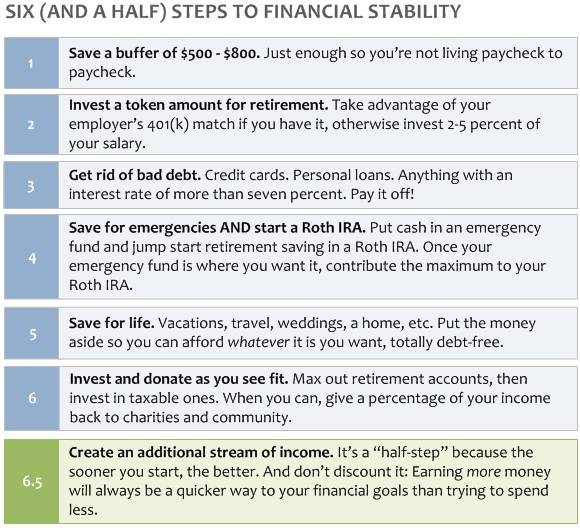6 Steps to pick a good mutual fund to launch your savings
Post on: 7 Июнь, 2015 No Comment

Devin Thorpe
Buying your first mutual fund may seem complicated and risky, but this is something you can do all by yourself. This simple guide will walk you through the key steps to finding the right fund for your objectives.
1. Define your investment objective
Before you buy a mutual fund, you need to understand why you are making this investment, when you expect to need the money, and how risk tolerant you are — remembering that all mutual funds have risk, some much more than others.
2. Use a mutual fund screener
Yahoo! offers a mutual fund screener that you can use for free to find a fund that fits your criteria. Without using a tool of this sort, you simply cannot find and review all of the available funds to consider.
3. Match your objective to the fund
If you have a long investment horizon, that is, you won’t need the money back for a long time, you may wish to take more risk by investing in a mutual fund that invests in growth stocks. If your investment horizon is very short, you will want to invest in a fund that invests in short term bonds or even a “money market” mutual fund that keeps your money liquid, trying never to put your capital at risk at all (in very rare circumstances, some money market investors have lost small fractions of their investments). In between these extremes, you may wish to find a fund that invests in both stocks (or equities) and debt (bonds).
4. Consider the costs

Mutual fund managers collect their money by charging the investors small fees to enter the fund and for managing the money each year. The “load” refers to the fee to enter the investment and the “expense ratio” refers to the annual cost. If you invest in a fund with a 6 percent load and a 2 percent expense ratio, your fund will need to generate an 8 percent annual return (tough to do) just for you to break even in the first year. Look for “no load” funds and funds with low expense ratios. Many of the lowest cost funds are “index” funds that don’t try to beat a market index, they just try to match it. Given that very few funds consistently beat the market, focusing on fees is a great way to keep your money growing.
5. Evaluate the risk
Consider your personal appetite for risk and screen mutual funds to find those that appeal to your sense of adventure or your fear of falling. Remember, that risk is generally compared among funds of the same class. So, a risky short term bond fund may be a safer bet than a “low risk” growth equity fund.
6. Invest
Generally, you can invest directly with the fund itself by sending them money directly — visit the fund’s website for instructions. If you plan to invest all of your money in one mutual fund, that’s the best way to do it. If you plan to invest in multiple mutual funds over time, you may want to open a brokerage account with Schwab, Fidelity or TD Ameritrade where you can invest in a variety of mutual funds easily.














